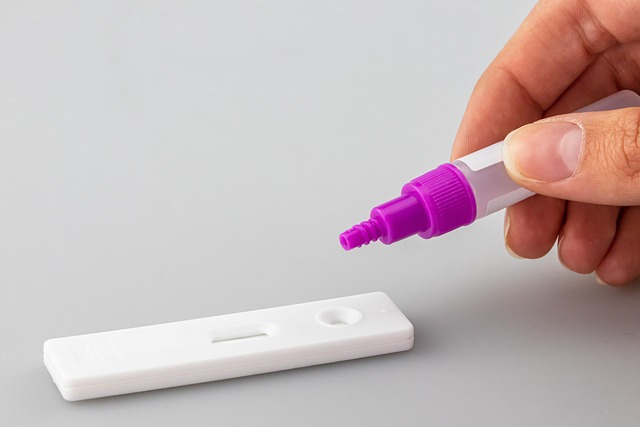In San Antonio, lead paint inspections are essential due to the city's old buildings and potential health risks from lead-based paint and contaminated water. Professionals examine walls, ceilings, and painted surfaces for lead deterioration. Regular inspections are recommended to ensure occupant safety, comply with laws, and avoid legal issues. If lead is detected, remediation methods safely remove or encapsulate it, protecting public health and preserving historical architecture while maintaining EPA water quality standards. San Antonio homeowners should prioritize these inspections for their family's well-being.
In San Antonio, understanding lead paint inspection in older homes is crucial for homeowners. With many dwellings built before 1978, when lead-based paint was banned, lead exposure through flaking or peeling paint poses significant health risks, especially to children. This article delves into the process of water supply sampling for lead, highlighting why San Antonio homeowners should prioritize lead testing to ensure a safe living environment and mitigate potential health hazards.
- Understanding Lead Paint Inspection in Older Homes
- The Process of Water Supply Sampling for Lead
- Why San Antonio Homeowners Should Prioritize Lead Testing
Understanding Lead Paint Inspection in Older Homes

Lead paint inspection is a crucial process, especially in older homes in San Antonio. With age comes the potential risk of lead-based paint degradation, posing health hazards to residents and the environment. This is particularly significant due to the historical use of lead paint in residential buildings before its restrictions in the late 20th century. During a lead paint inspection for older homes, professionals carefully assess walls, ceilings, and other painted surfaces for signs of peeling, chipping, or flaking, which could indicate the presence of lead.
In San Antonio, where many homes date back to the early 1900s, regular inspections are recommended to ensure the safety of current and future occupants. If lead is detected, remediation methods can be employed to remove or encapsulate the hazardous material, preventing its release into the air or ingestion through dust or paint chips. Proper inspection and remediation practices not only protect public health but also help preserve historical architectural elements while mitigating potential legal liabilities for property owners.
The Process of Water Supply Sampling for Lead

Water supply sampling for lead involves a meticulous process designed to ensure the safety of drinking water, especially in older homes with potential lead paint issues. It begins with identifying key locations within the home where lead contamination might occur, such as pipes, fixtures, and plumbing fittings that could have been exposed to lead-based paint or materials. In San Antonio, where many homes date back several decades, a thorough lead paint inspection is crucial before sampling.
During sampling, professionals collect water samples from various points in the home’s water system, including cold-water taps, hot-water taps, and sometimes even the main supply line. These samples are then analyzed for the presence of lead using advanced laboratory techniques. The goal is to determine if the water contains levels of lead that exceed safe drinking water standards set by regulatory bodies like the Environmental Protection Agency (EPA). This process plays a vital role in maintaining water quality and protecting public health, particularly among children who are more susceptible to the adverse effects of lead exposure.
Why San Antonio Homeowners Should Prioritize Lead Testing

San Antonio homeowners, particularly those with older homes, should prioritize lead testing as a crucial step in ensuring their family’s health and safety. Lead paint inspection for older homes is essential due to the potential risks associated with this toxic substance. Lead was commonly used in various household materials, including paint, until its dangers became widely recognized. Even small amounts of lead exposure can have severe consequences, especially for children, causing developmental delays and neurological issues.
Regular lead testing allows homeowners to identify any hazardous levels of lead in their water supply or within the structure’s materials. By proactively addressing potential lead-related problems, San Antonio residents can protect their loved ones from these harmful effects. This is especially important given that some older homes may still have lead paint or plumbing components, which could contaminate drinking water if not properly tested and maintained.
In light of the potential health risks associated with lead-contaminated water, especially in San Antonio’s older housing stock, regular lead paint inspection and subsequent water supply sampling are crucial. Understanding the process and prioritizing testing can help homeowners ensure a safe living environment for their families. The benefits extend beyond individual homes; community-wide lead mitigation efforts contribute to a healthier, more vibrant San Antonio.
